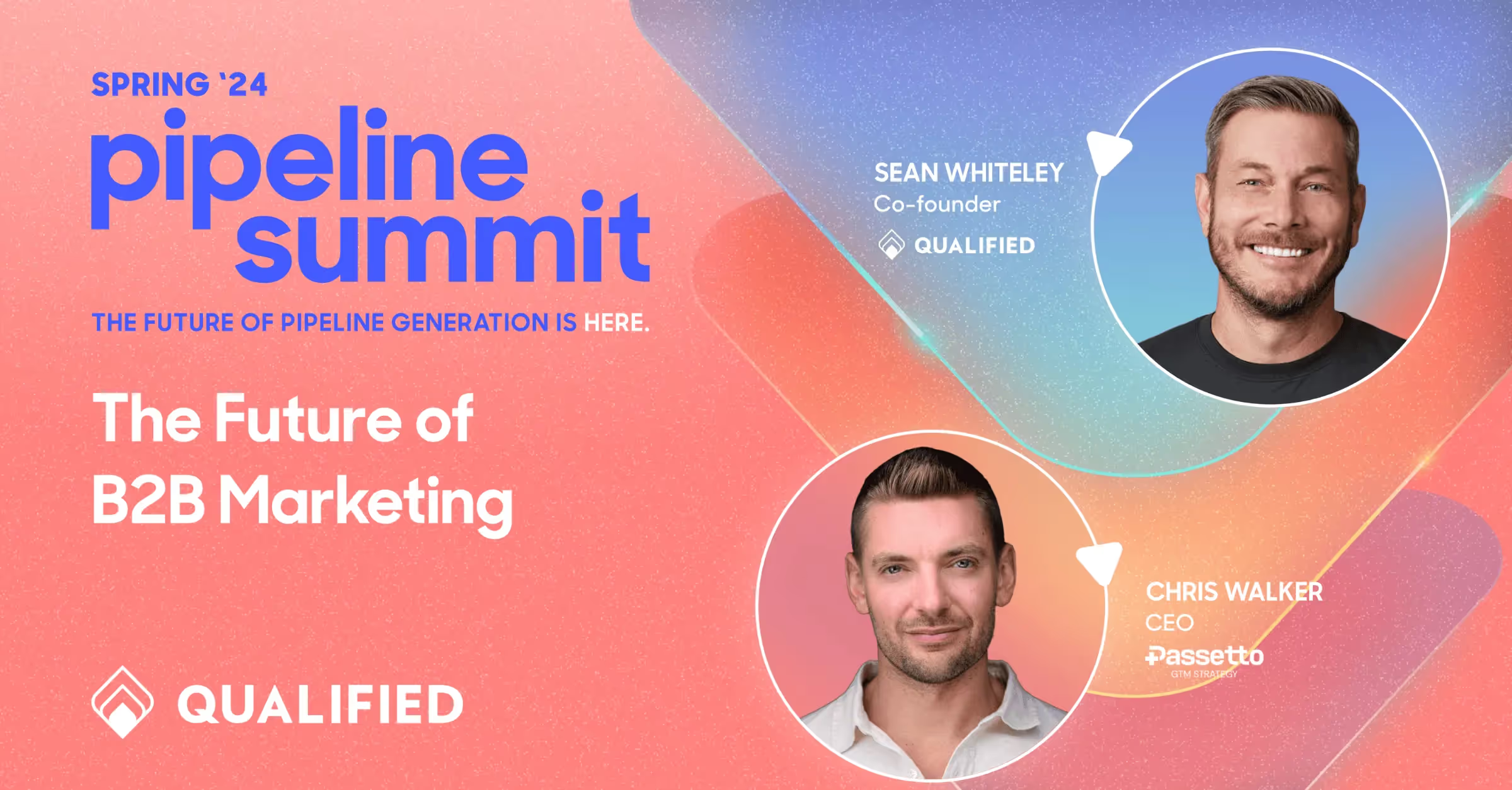The Future of B2B Marketing
The old way of marketing is dead—or whatever the latest thought leader is saying. Learn what's actually shifting in B2B marketing and how to prepare.





The old way of marketing is dead—or whatever the latest thought leader is saying. Learn what's actually shifting in B2B marketing and how to prepare.


Stay up to date with weekly drops of fresh B2B marketing and sales content.
The old way of marketing is dead—or whatever the latest thought leader is saying. Learn what's actually shifting in B2B marketing and how to prepare.



Stay up to date with weekly drops of fresh B2B marketing and sales content.
The old way of marketing is dead—or whatever the latest thought leader is saying. Learn what's actually shifting in B2B marketing and how to prepare.



Stay up to date with weekly drops of fresh B2B marketing and sales content.
The old way of marketing is dead—or whatever the latest thought leader is saying. Learn what's actually shifting in B2B marketing and how to prepare.



Discover how we can help you convert more prospects into pipeline–right from your website.